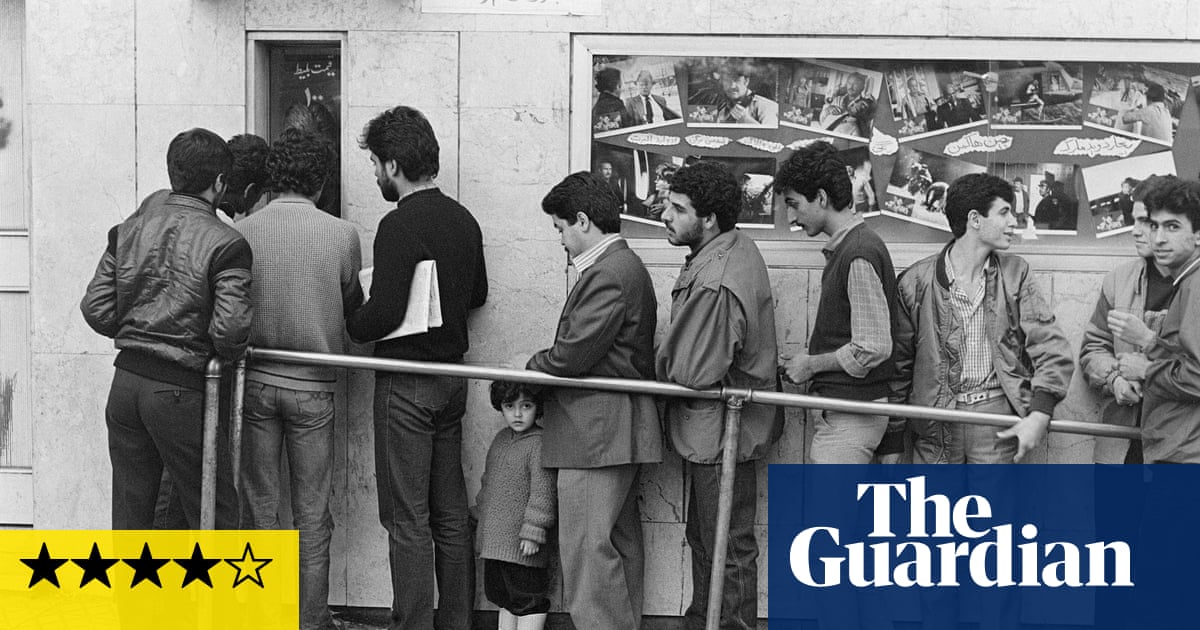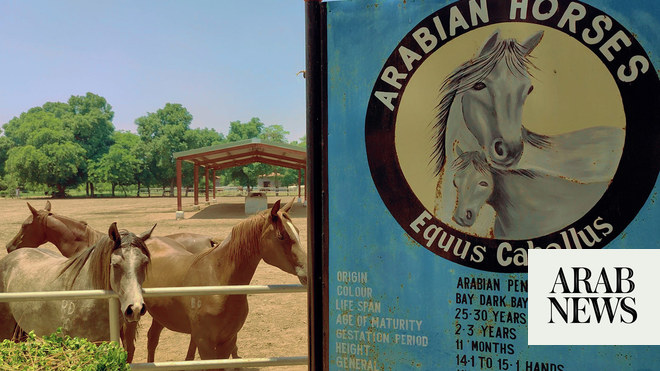
Henri Cartier-Bresson had a simple maxim about the craft that he had mastered so completely. “Your first 10,000 photographs are your worst,” he would tell fledgling snappers. And as the years roll on, I have begun to find comfort in his advice. I began wielding a camera a very long time ago and I reckon I am now approaching Cartier-Bresson’s magic quota. By his arithmetic, I will soon step off the lowest rung in the ladder of photography and progress to the next-to-worst ranking. Things can only get better.
And I cannot deny I have taken many badly focused, clumsily framed images in my time. The blurred negatives in my files confirm that sad fact. However, as the years have passed, I have also managed a few decent photographs that have brought me a sense of fulfilment and, occasionally, the satisfaction of seeing my efforts in print. Mastering an acceptable image is a pleasing business, I have found.
Photography brings other rewards, of course. For a start, I now possess records of so many episodes of my life: from my early days as a hill-walker in Scotland, to the births of my children, and to my travels to distant lands on Observer assignments. It is a treasure trove of images that make my memories tangible, a pleasure that can now be achieved by anyone with a decent camera on their smartphones. These have made the business of record-sharing straightforward.
There is more to photography than merely documenting the passage of one’s life, however. First, there is the simple physical satisfaction you get from learning how to master your camera – learning to balance film speed, aperture and shutter speed, for example. In this way, you can tailor the needs of your subject – be it a fast-moving animal or a moodily lit portrait or a landscape teeming with detail – to produce a striking image, one that is more than a simple record of an event. An understanding of these basics is essential and mastering them brings its own fulfilment.
Seeking better and better images also brings a drive and a purpose to the way you use your spare time. This has been particularly true in recent years, when I have become increasingly keen to photograph UK wildlife, an urge that has taken me to parts of the British Isles that I might never have otherwise visited.
My efforts to photograph the otter provides a good example. Frustrated at every attempt to get near one in England, I decided to visit a place that is notably replete with the species: Shetland. And after a long, initially frustrating day with a wildlife guide, I was rewarded with the sight of a solitary female cavorting near me on the seashore for more than half an hour. It was glorious.
Then I had time to look at Shetland, a hauntingly beautiful place, I discovered, and came across the Broch of Mousa, one of Britain’s most remarkable buildings. Built 2,000 years ago, this towering iron age roundhouse – whose double lined stone walls contain an internal, curved stone staircases – is among Europe’s best preserved ancient buildings: a lowering, beautifully constructed monument that rises out of the mist and whose purpose defies precise historical explanation.
For good measure, the island of Mousa has one of the world’s biggest colonies of European storm petrels and their chattering, staccato calls added an eerie soundtrack to my visit. Had I not chosen to tackle my first photographic goal, I would not have gone through this dazzling experience – and that is the real satisfaction I get from photography. It drives me on.
Capturing wildlife in action is especially satisfying. Your subjects are utterly unpredictable, often infuriatingly so, but occasionally rewarding – when a recalcitrant bird of prey or an elusive dragonfly flits into your viewfinder at the right moment. From this perspective, photography is therapy, right down to capturing south London’s herons and cormorants – in Brockwell Park – and the woodpeckers that visited my garden in Brixton during lockdown last year.
However, I should add a coda to this photographic panegyric. There are times when you should ignore the camera round your neck and just look at what is unfolding in front of you. I have been privileged to witness rocket launches in Florida, Kazakhstan and French Guiana and every time I photographed each spacecraft – from take-off to its disappearance into the upper atmosphere – in a frenzy of shutter clicking. I have some satisfactory images but it is only now that I realise that, just for once, I should have simply watched the whole breathtaking experience of humanity propelling its way towards the heavens without trying to capture it on film.
So yes, take lots and lots of photographs but sometimes take a pause and just look. The break is worth it – now and then.
How to do it
The range of photography lessons available online is now so vast that you can be taught by the likes of Vanity Fair portrait photographer Annie Leibovitz or Vogue cover photographer Tyler Mitchell without leaving your sofa. Masterclass has a lot to answer for. If you want a less starry teacher, there are courses available from University of Arts London and the Photographer’s Gallery. Also look at the The Royal Photographic Society website which has lots of information about qualifications and training. Redeye is a not-for-profit society which offers advice and information to photographers around the world.












